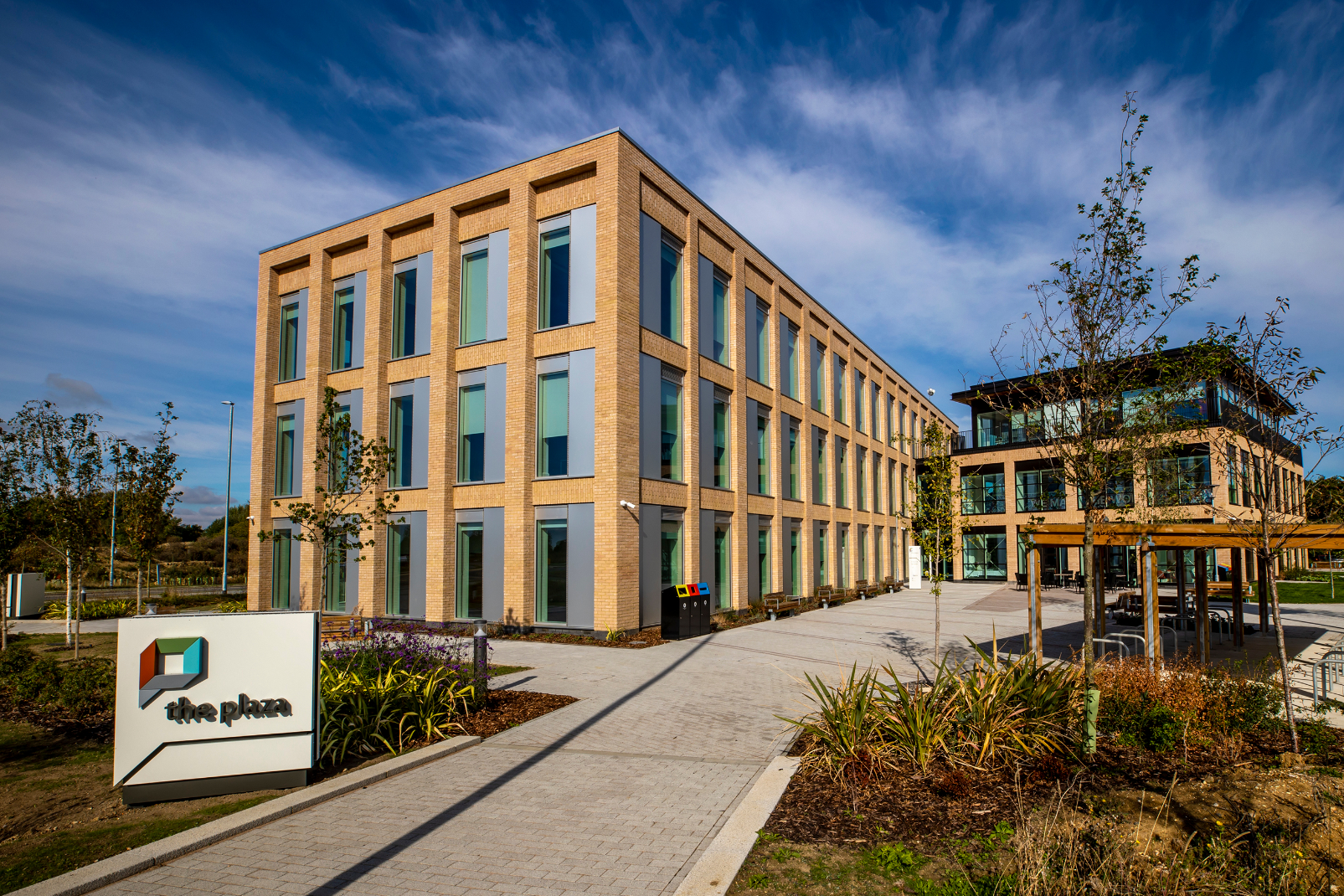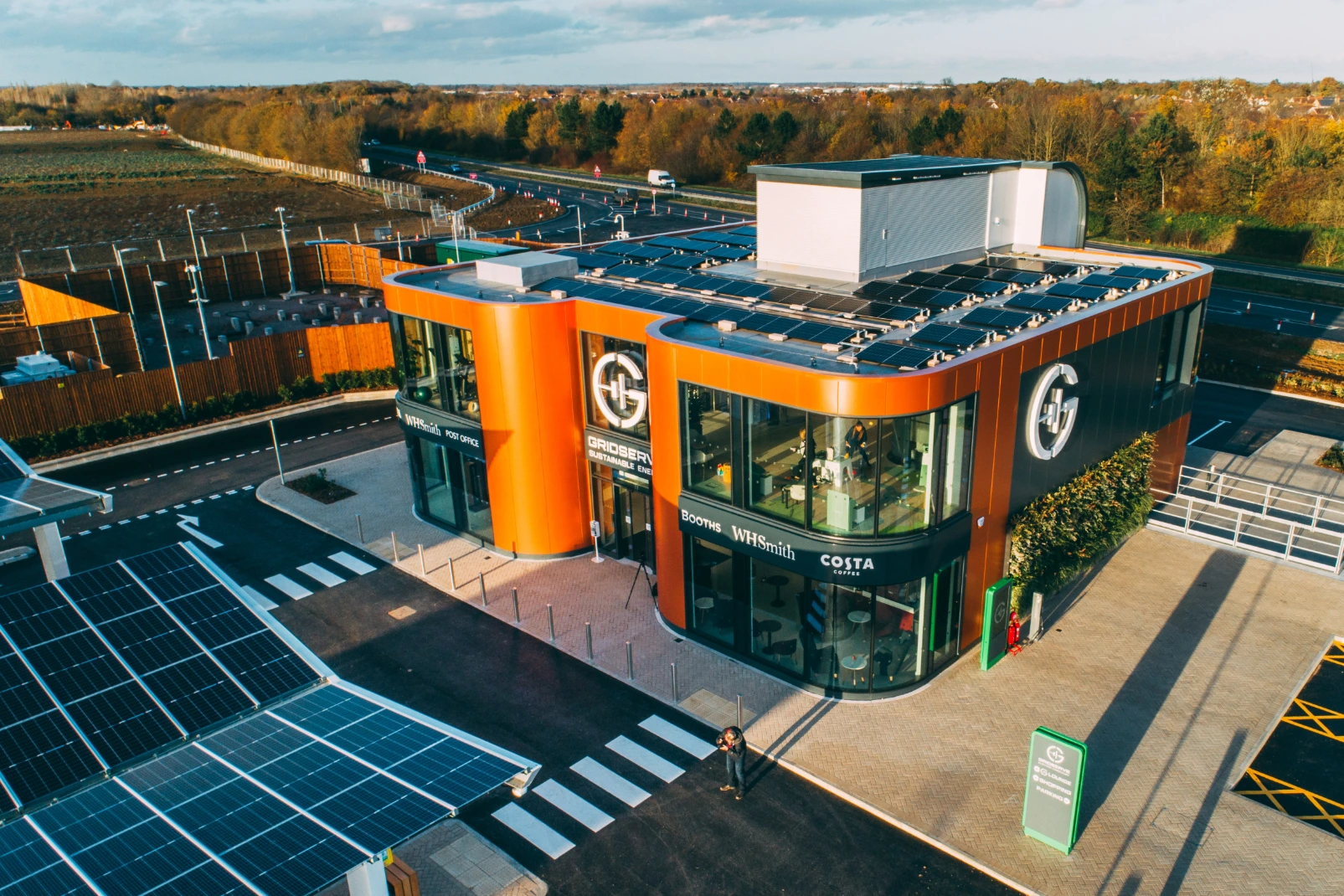Braintree District Council
Braintree District Council
Braintree District Council is proud to be a funding partner of the North Essex Economic Board to collaborate with partnering authorities on wider, more ambitious projects to achieve greater value for money and tangible outcomes for those living, trading and visiting the area.
Braintree plays an important role in the North Essex sub-region, producing £3.26 billion per annum and account for 28% of all economic production in North Essex and 9% of economic production across Essex. With over 155,200 residents and over 10,000 registered businesses, Braintree District Council will build on this to continue to maintain and increase the new business survival rates, which are higher than the national average, to grow the economy.
The district’s economy is – arguably – being transformed because of its evolving infrastructure and connectivity. The prospect of improving connectivity may itself be something of a game-changer in relation to key investment decisions. The district offers a relatively high quality of life and in an era in which ‘anywhere jobs’ are likely to be more important, it has some important advantages relative to elsewhere.




Our Economic Growth Strategy 2023-2028
We are proud to host the North Essex Economic Board Project Manager here at Braintree District Council, maximising the benefits of working with a pan-Essex project lead for all things economic growth related.
The global economy is consistently transforming with a demand to support positive and sustainable economic growth. Due to the macro-economic challenges that the district has faced at the time of writing this strategy, namely the exit from the European Union, COVID-19, and Russia’s invasion of Ukraine, a cost-of-living crisis is now at the forefront of how previous economic priorities have been determined, moving forward to more proactive yet resilient socio-economic priorities.
This Economic Growth Strategy supersedes the Plan for Growth 2017-2022 and will deliver in alignment to revised local, regional and national policy with a refined set of core priorities based on new refreshed baseline of data and trend analysis. It is also important to reflect on partnership and funding opportunities that will strengthen the potential of the district and as such, this strategy will also work with residents, businesses, and visitors to shape the services and service delivery to meet the changing needs of all communities.
The vision and core priorities are therefore:“To lead in sustainability, inclusivity, and competitiveness for a resilient local economy”
- Infrastructure and Connectivity
- Resilient Business Support
- Inclusive People and Skills
- Sustainable Green Economy
